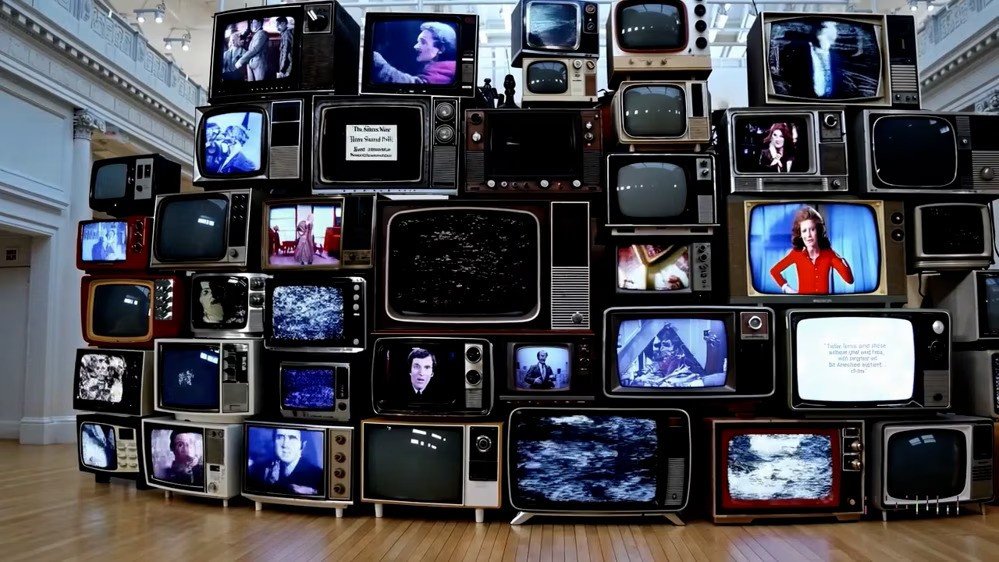While Sora, OpenAI’s advanced AI model for creating videos from text, represents a significant leap in technology, it’s important to acknowledge its limitations. This blog post aims to provide a comprehensive overview of the disadvantages of Sora, helping users and enthusiasts understand the challenges and areas for improvement in this innovative tool.
1. Physical Simulation Accuracy
- Complex Scene Limitations: One of the primary drawbacks of Sora is its struggle with accurately simulating the physics of complex scenes. For example, a character in a video might take a bite out of a cookie, but afterward, the cookie may not show a bite mark. This limitation can impact the realism and believability of the generated content.
2. Spatial and Temporal Challenges
- Confusion in Spatial Details: Sora may confuse spatial details in a given prompt, such as mixing up left and right. This can lead to inconsistencies in the visual output, especially when precise spatial orientation is crucial to the narrative.
- Time-Based Description Difficulties: The model might also struggle with precise descriptions of events that unfold over time, such as following a specific camera trajectory. This could limit its effectiveness in scenarios where precise chronological detailing is essential.
3. Dependency on Textual Input
- Quality Reliant on Descriptions: The effectiveness of Sora heavily relies on the user’s ability to provide clear, detailed, and accurate text instructions. This dependency could be challenging for users who may struggle to articulate their vision in text form.
4. Potential for Misuse
- Misleading Content Risks: Although safety measures are in place, the potential misuse of Sora in creating misleading or harmful content is a concern. The ability to generate realistic videos from text can be exploited for unethical purposes if not monitored and regulated effectively.
5. Accessibility and User Learning Curve
- Complexity for New Users: As a sophisticated AI tool, Sora presents a learning curve, particularly for individuals not familiar with advanced AI technologies. This complexity could limit its accessibility to a broader audience, especially in the early stages of its deployment.
6. Ethical and Societal Implications
- Content Regulation Challenges: Ensuring that content generated by Sora adheres to ethical standards and societal norms is a significant challenge. The model’s output needs continuous monitoring to prevent the creation of content that could be considered offensive or harmful.
7. Technological Limitations and Improvements
- Ongoing Development Needed: Sora, like any AI technology, is not perfect and requires ongoing development and improvements. Addressing its current limitations will be crucial for its broader acceptance and effectiveness.
Conclusion
Sora’s potential to revolutionize video creation through AI is undeniable. However, understanding its disadvantages is key to harnessing its capabilities responsibly and effectively. As technology advances, it’s hoped that these limitations will be addressed, paving the way for more accurate, ethical, and user-friendly AI-driven video creation tools.
This analysis of Sora’s disadvantages is based on the latest information available from OpenAI. It’s essential for users to stay informed about both the advantages and limitations of such technologies to utilize them most effectively and responsibly. Stay tuned for further updates and insights into the evolving landscape of AI-generated content.







